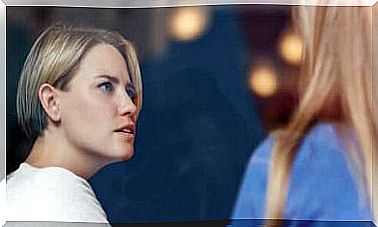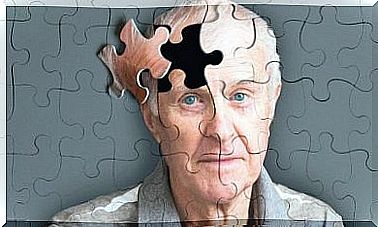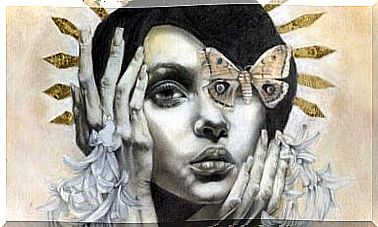Jacques Lacan And The Structure Of The Unconscious
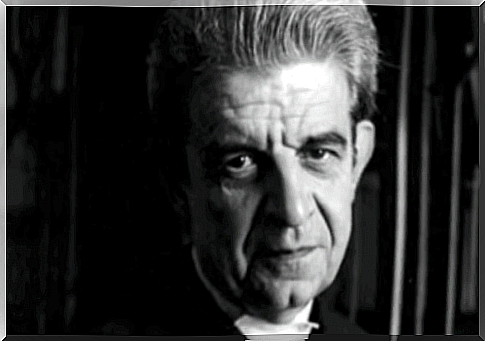
Jacques Marie Emile Lacan was an important figure in the Parisian intellectual community for much of the 20th century. His name is often related to psychoanalysis. He wrote and taught about the importance of Freud’s discovery of the unconscious.
He explored the concept from the context of the theory and practice of analysis per se, as well as its connection to a wide range of disciplines.
For those interested in the philosophical dimensions of Freudian thought, Lacan’s work is therefore invaluable. In the last century, Lacan’s ideas became the center of various psychoanalytic discussions in philosophical circles.
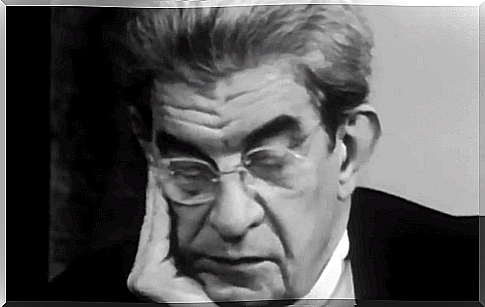
The Early Years of Lacan
Jacques Lacan was born on April 13, 1901. He was the first son of a wealthy and middle-class family. His parents, Alfred Lacan and Emilie Baudry, belonged to a solid Catholic family.
In 1907, Lacan enrolled at the prestigious College Stanislas, a Marista school that served the Parisian bourgeoisie. There he subsequently received a solid primary and secondary school education with a strong religious and traditionalist focus. In 1919 he completed school and began to develop his philosophical beliefs.
The Professional Achievements of Jacques Lacan
Although Lacan’s first publications came out in 1920, his editorial activity really took off in the following decade. In the 1930s, Lacan’s first milestones were reached:
- In 1932 he published his doctoral thesis in psychiatry entitled ‘On Paranoic Psychosis as it Relates to the Personality’ .
- He became an important figure in the artistic community through his collaborations with Surrealists and Dadaists.
- Lacan gave his first presentation in 1936 on the now famous theory of ‘the mirror stage’, at the International Psychoanalytical Association (IPA) in Mariënbad.
- In 1938, one of his essays, entitled ‘Family Complexes in the Formation of the Individual’ , was published in the French Encyclopedia.
The 1930s were crucial years for Lacan’s development. His childhood was characterized by a clash of interests and influences related to psychoanalysis, psychiatry, philosophy, art and literature, among other things.
This period also marked the beginning of a strong interdisciplinary element in his work. He not only studied Freudian analysis, but he also delved into Hegelian dialectics and Kojevian pedagogy.
Lacan has made his own contribution to these three perspectives. He then added the different experiences related to “insanity” from different perspectives.
The post-war period
The 1940s were also crucial for Lacan’s journey. In this decade he became a great analytical thinker. During this period he produced much written material, including seven annual seminars and many of his most famous essays.
After the war, Lacan learned about structuralism from Ferdinand de Saussure and his followers, including Claude Levi-Strauss and Roman Jakobson. Scholars agree that Levi-Strauss’ book, The Structural Elements of Parenting, helped establish the structuralist movement in France.
This movement flourished in the 1950s and 1960s, challenging the theoretical supremacy of existentialism. This change in French social theory subsequently led to a fundamental reorientation in Lacan’s worldview. Despite adapting this focus, Lacan remained faithful to Freudian structuralist psychoanalysis.
Lacan portrayed himself as the sole defender of orthodox Freudianism. He firmly believed that restoring the meaning of the language of analysis was the key to achieving Freud’s revolutionary focus on psychic subjectivity.
Lacan formulated all these ideas and thus founded ‘Lacanism’ in his comprehensive manifesto entitled ‘The Function and Field of Speech and Language in Psychonalysis’ .
His death and legacy
In 1980, just before the end of his life, Lacan decided it was appropriate to close his school, École Freudienne. This was a controversial decision that led to internal conflict among his followers.
However, Lacan did not have much time to participate in these discussions, as he died in 1981. His son-in-law and editor of Le Seminaire , Jacques-Alain Miller, reopened the school.
The theory of the three orders forms the framework of various concepts in the course of Lacan’s intellectual trajectory. The three orders correspond to the imaginary, the symbolic and the real.
However, these concepts did not remain static over the course of his life. The characterizations of each register and the relationships between them have been revised and modified much over the course of his long career.
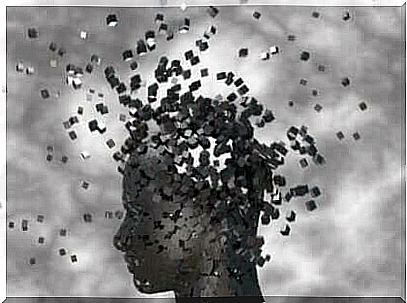
Language and culture codes and the unconscious according to Jacques Lacan
Jacques Lacan introduced us to the idea that ‘the unconscious is the expression of the other’, whereby by ‘the other’ is meant everything that is remote and beyond the self. The other is the environment you were born in, that which you have to ‘translate’ in order to survive and thrive.
For example, in your life you gradually gain awareness and understanding of a series of signifiers. Signifiers are signs or codes that represent concepts or ideas. These signifiers can only reach us from the external world. That is why they must have been part of the language or the ‘discourse’, ‘the other’ in Lacan’s terms.
According to Lacan, you can only express the ideas and emotions you have through language. The only language you can use to express yourself is then the language of the other.
Your unconscious generates feelings and images that are constructed from the language of the other. That is why Lacan says: “ the unconscious is the argument of ‘the other ‘”
Finally, Lacanian theories have a significant influence on psychoanalytic practice. They have also allowed for a more objective and open interpretation of the unconscious.
